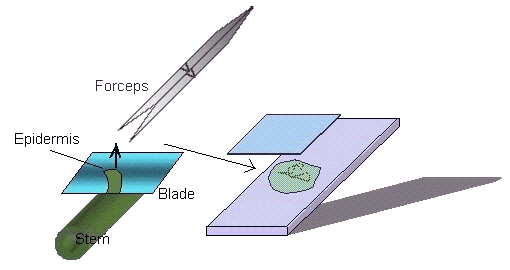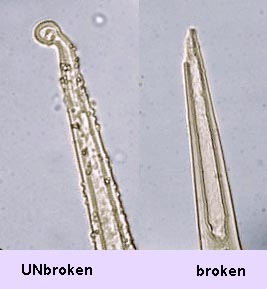Some plants defend themselves against bugs which can eat them; hairs trouble their advance, like obstacles on a cross-country race. At the scale of an aphid, a hair becomes a tree and a hairy leaf, a forest! Other hairs may glue attackers with sticky excretions... but it's not the only reason for the utility of hairs. They also provide a larger area on the stem or leaves, which can help to stabilize tissue temperature. Often the undersides of leaves are very hairy and can help the plant to store water, restrict evaporation and slow down drying. Hairs can also break the strength of the wind...
There's no need to travel to distant countries to find several astonishing shapes of hairs. But it is winter, and Nature is sleeping, so we can take out our old prepared slides in order to travel into the botanical world.



